How Hooghly shaped Bengal and its ties to the world
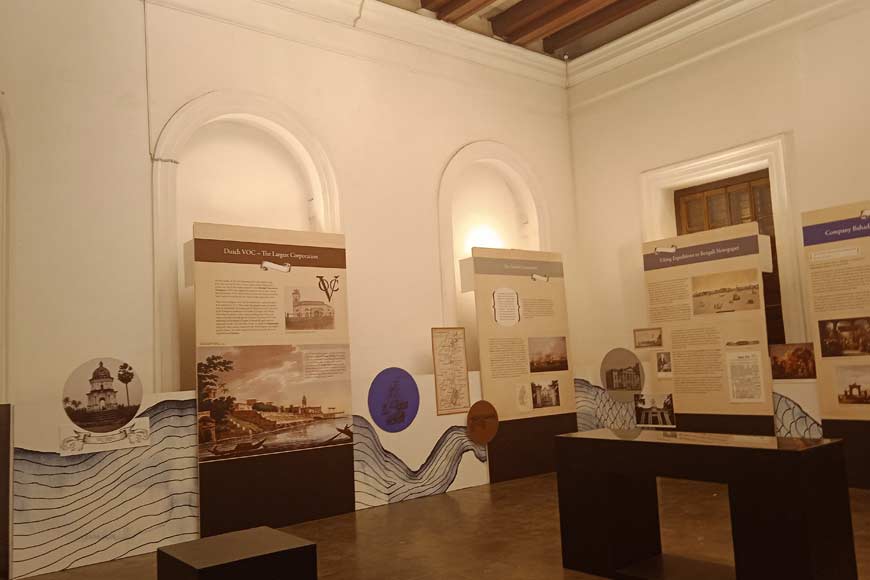
As rivers of the world go, the Bhagirathi-Hooghly has never really attained the iconic status accorded to the Indus, or Nile, or Amazon, or Ganges, or even the Mississippi. And yet, this vital arm of the Ganges has been no less critical in the shaping of human history, along its banks right from Murshidabad to the Bay of Bengal. Which is the subject of an exhibition currently on at the magnificent Metcalfe Hall, titled ‘A River and the World - The Hooghly Story’, curated by veteran international journalist Nazes Afroz and designed by illustrator and animator Sukanya Ghosh.
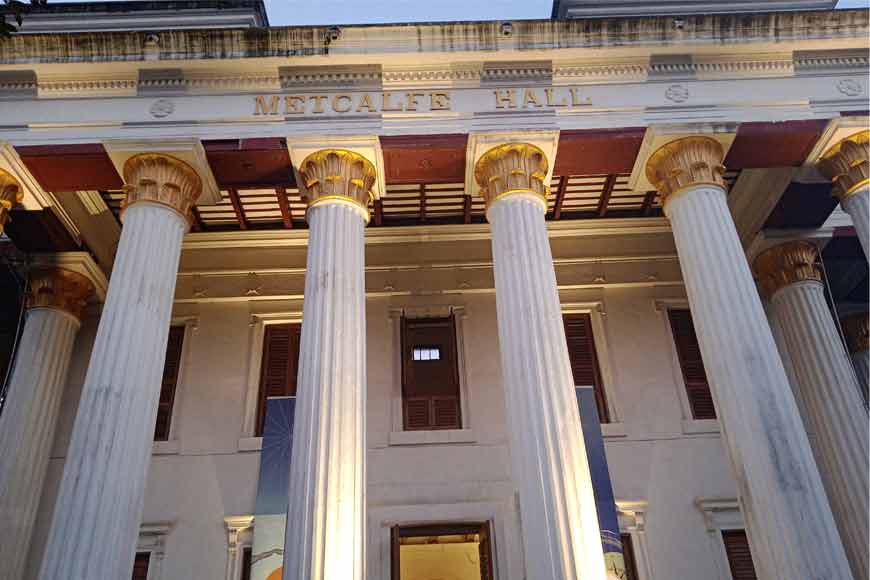
Presented by Max Mueller Bhavan/Goethe-Institut Kolkata, the exhibition is open to all until December 31, and supported by European Union National Institutes for Culture (EUNIC) Global, as part of a larger ‘Hooghly Heritage Hub’ project, also supported by EUNIC Global and presented by Goethe-Institut/Max Mueller Bhavan. That larger project is a story for another day, but this exhibition is a must visit for anyone even remotely interested in the commercial and socio-political evolution of Bengal.
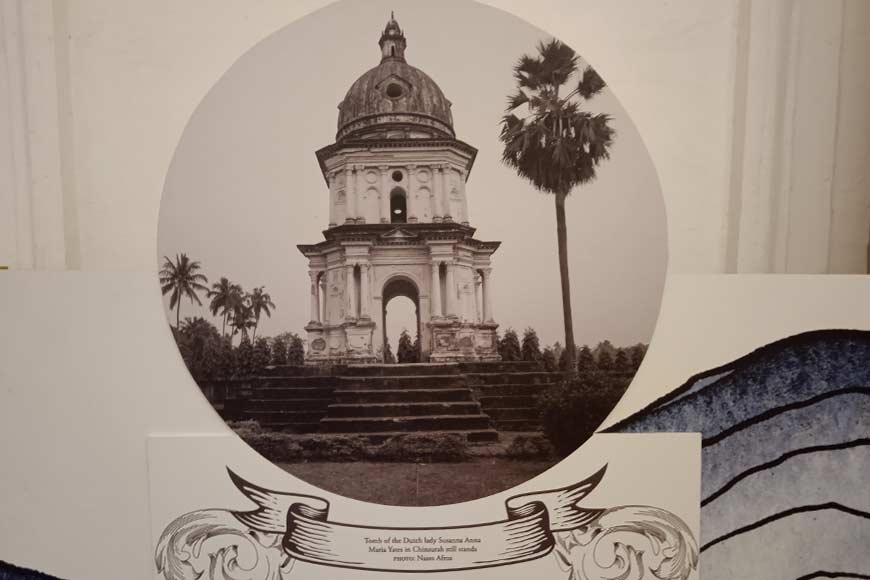
When ancient Greek mathematician and geographer Ptolemy was drawing up his map of the world in the 2nd century AD, he took care to mark the powerful kingdom he called ‘Gangaridae’ on the banks of the Hooghly. From the ancient port of Tamralipti (Tamluk) at the rivermouth, Bengal conducted a thriving maritime trade across the Indian Ocean region. When Tamralipti fell victim to over siltation in the 8th century, the trade moved to Saptagram (Satgaon), nearly 200 km upstream where the Saraswati and Jamuna flowed into the Hooghly. Satgaon remained a flourishing trade hub until the 16th century, when a combination of politics and geography resulted in the process that ultimately gave birth to the British city of Calcutta.
The point of all this is that thousands of years before Europeans set foot in Bengal, it was engaged in international trade and therefore used to the idea of global trading partners, which more than likely facilitated the early growth of European enclaves in India, beginning with the Portuguese in the second half of the 16th century. “Our history rarely teaches us how important Bengal was as a centre of trade, well before the Europeans came here. Textiles from Bengal were in huge demand in Indo-China, for example, and the Portuguese began taking them to Batavia (Indonesia). Gradually, as demand for Bengali muslin and silk began to grow in Europe, the Dutch entered the picture and cornered a lion’s share of the trade,” explains Afroz. As curator, he adds, his primary intention was to spread awareness about the fact that “Bengal was engaged in international trade for over 2,000 years”.
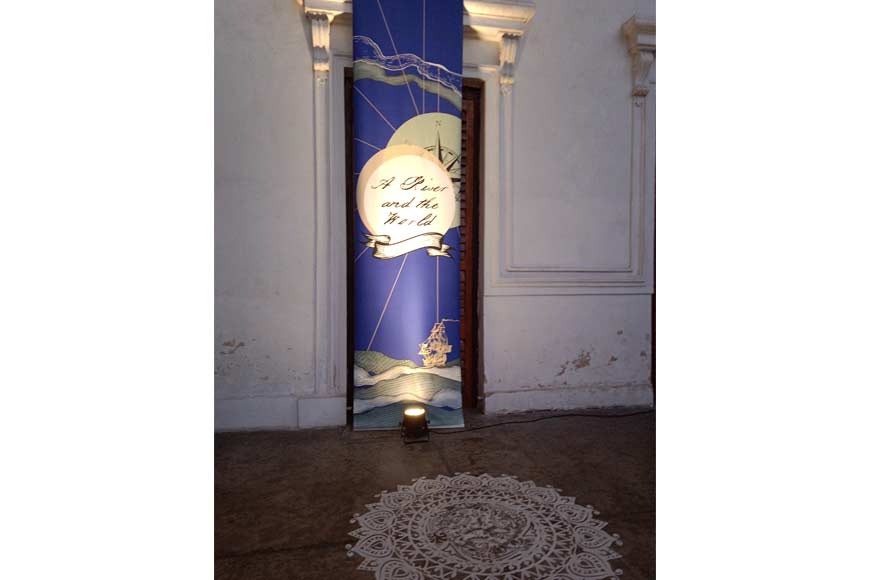
What is even more interesting is the extent of global interest in Bengal once the Portuguese had shown the way. Without giving too much away, you will discover some extremely unlikely ‘East India Companies’ once you visit the exhibition. Eventually, the British outlasted them all, thanks to a combination of sustained commercial clout and military strategizing.
The display mostly comprises panels bearing both text and illustrations and a few maps, alongside photographs taken at various times by Afroz himself, to which Sukanya has added an interesting motif of a river running through. “The initial challenge was to scale up the display to fill the huge space that Metcalfe Hall offers,” she says. “We didn’t want our material to be dwarfed by this space. And for the antique feel, I added old engravings of artists’ impressions.”
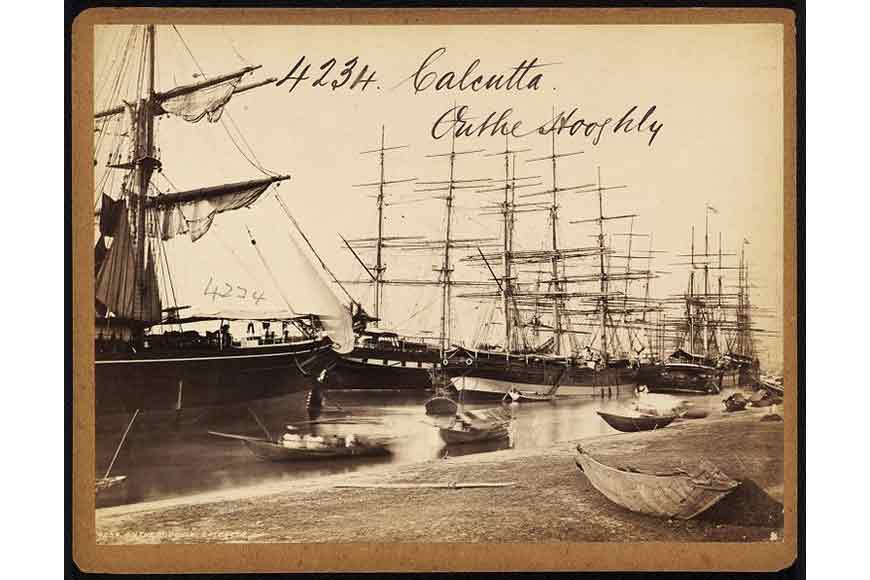
It isn’t just about Mughals and Europeans either. They make room for the Chinese, Afghans, and Jews too, and this is a beautifully and concisely put together display of all the influences that made Bengal the cosmopolitan entity it was. All flowing from the Hooghly.
‘A River and the World - The Hooghly Story’ is on at Metcalfe Hall (12, Strand Road) until December 31, 2021. Metcalfe Hall charges an entry fee of Rs 25 per head











